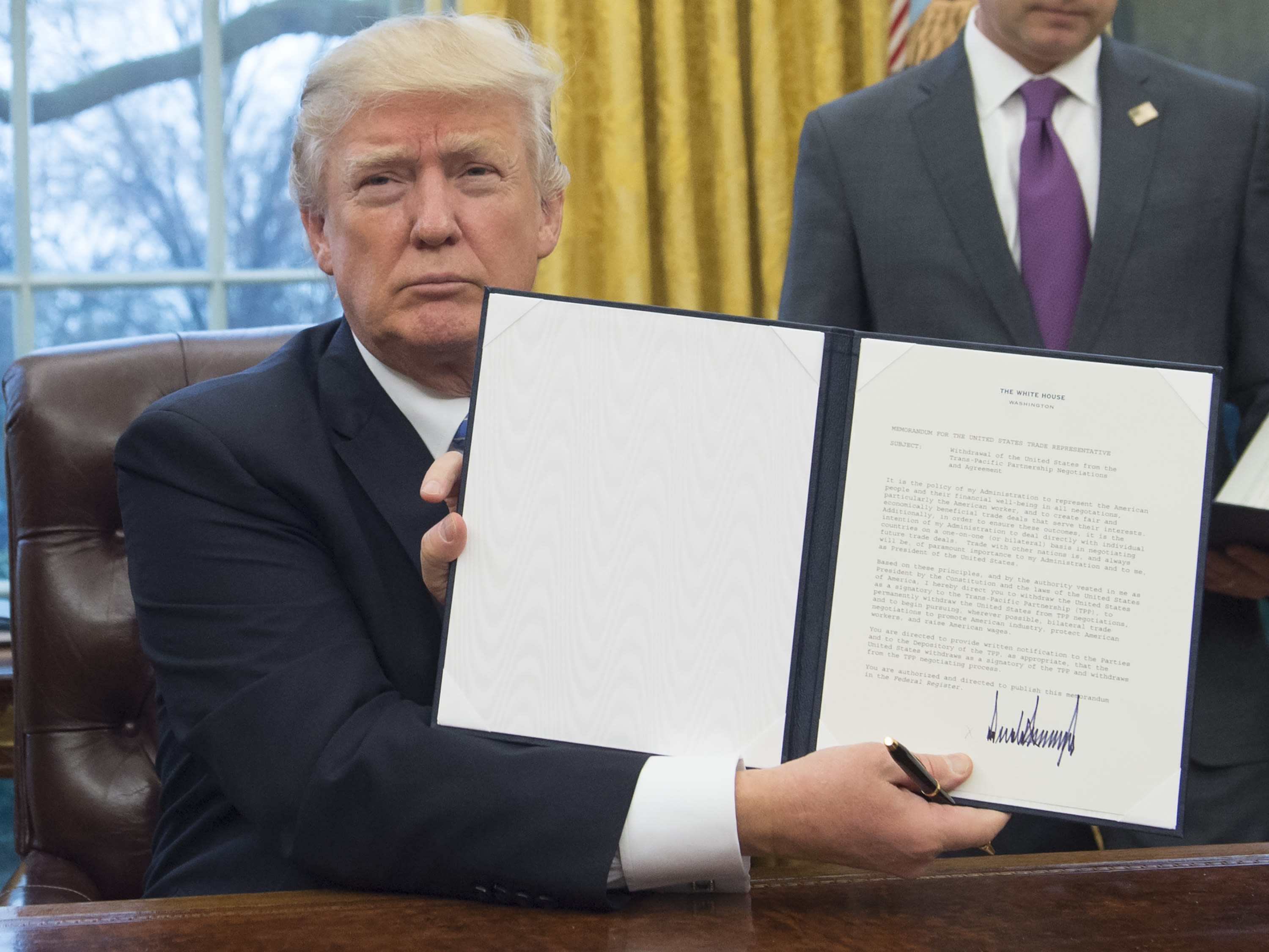EU to review foreign aid programme amid changes in U.S. policy

What you need to know:
- EU aims to make its foreign aid more focused on supporting strategic partners, strengthening ties with like-minded countries, securing access to essential raw materials, and managing migration.
The European Union is planning to review its multibillion-euro foreign aid programme to better align it with its own foreign policy goals.
This decision comes as the United States, under President Donald Trump's administration, moves to shut down the U.S. Agency for International Development (USAID).
The European Commission is also facing challenges related to increased defence spending due to the ongoing war in Ukraine, as well as differing views with the U.S. on international policies.
According to sources, the EU aims to make its foreign aid more focused on supporting strategic partners, strengthening ties with like-minded countries, securing access to essential raw materials, and managing migration.
The EU's budget, which is typically about 1 percent of its total economic output, is under pressure due to growing demands such as funding the green transition and boosting defence capabilities.
In the coming weeks, the European Commission is expected to present ideas on how to improve its next seven-year budget, which will cover the period from 2028 to 2034.
Meanwhile, the U.S. is undergoing significant changes in its international aid approach. The Trump administration has been critical of USAID, accusing it of waste and fraud, despite foreign aid making up only about 1 percent of the federal budget.
Earlier this week, USAID was placed under the control of the State Department, and its signage was removed from its headquarters in Washington.
Since Russia's full-scale invasion of Ukraine in February 2022, USAID has played a crucial role in supporting Ukraine, providing $2.6 billion in humanitarian aid, $5 billion in development assistance, and over $30 billion in direct budget support.
These funds have been used for rebuilding schools, enhancing bomb shelters, repairing energy infrastructure, and supporting civil society programs.
The changes in foreign aid policies by both the EU and the U.S. reflect a shift towards prioritising strategic interests in a rapidly changing global landscape.




